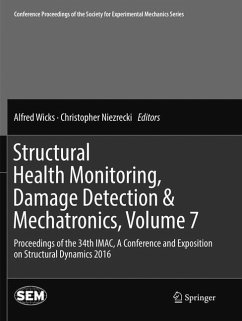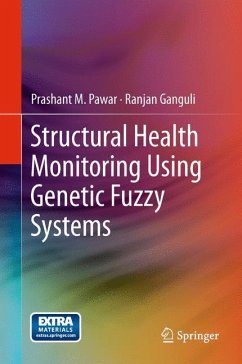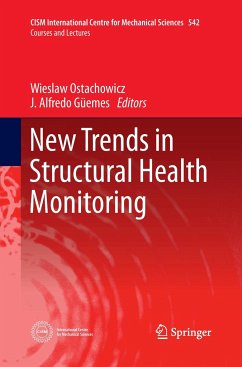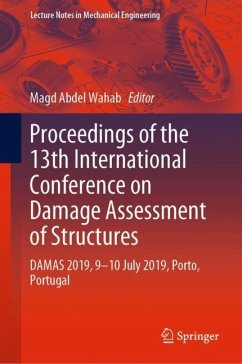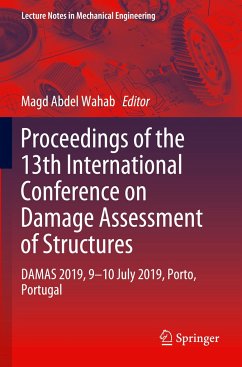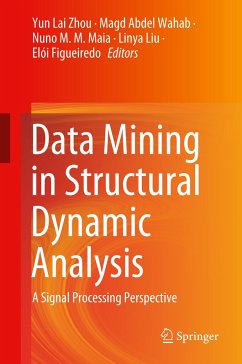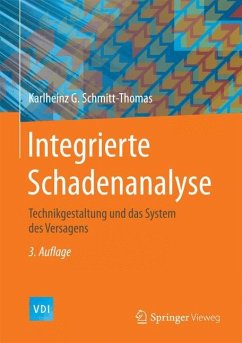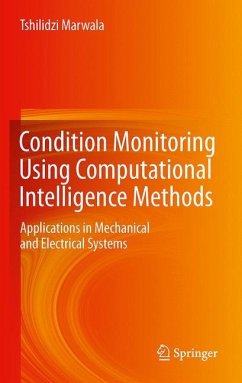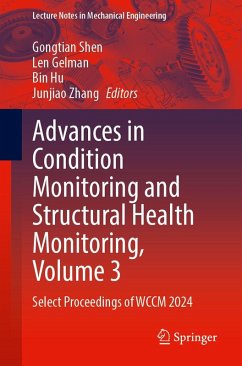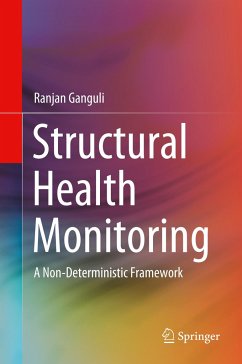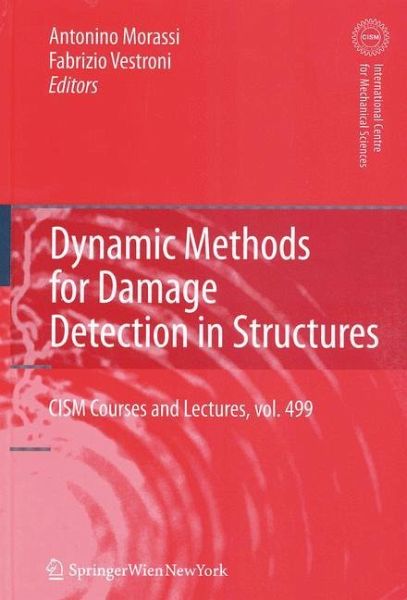
Dynamic Methods for Damage Detection in Structures
Versandkostenfrei!
Versandfertig in 6-10 Tagen
113,99 €
inkl. MwSt.

PAYBACK Punkte
57 °P sammeln!
The book presents an updated state-of-the-art overview of dynamic methods for structural health monitoring and damage detection in structures, with special emphasis on advanced research in the field today. The topic is treated as a series of lessons, explaining both theoretical and experimental aspects of dynamic non-destructive methods and their connection with inverse and identification problems in structural dynamics.
Non destructive testing aimed at monitoring, structural identification and di- nostics is of strategic importance in many branches of civil and mechanical - gineering. This type of tests is widely practiced and directly affects topical issues regarding the design of new buildings and the repair and monitoring of existing ones. The load bearing capacity of a structure can now be evaluated using well established mechanical modelling methods aided by computing facilities of great capability. However, to ensure reliable results, models must be calibrated with - curate information on the characteristics of materials and structural components. To this end, non destructive techniques are a useful tool from several points of view. Particularly, by measuring structural response, they provide guidance on the validation of structural descriptions or of the mathematical models of material behaviour. Diagnostic engineering is a crucial area for the application of non destructive testing methods. Repeated tests over time can indicate the emergence of p- sible damage occurring during the structure's lifetime and provide quantitative estimates of the level of residual safety.





